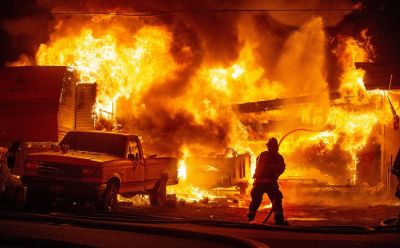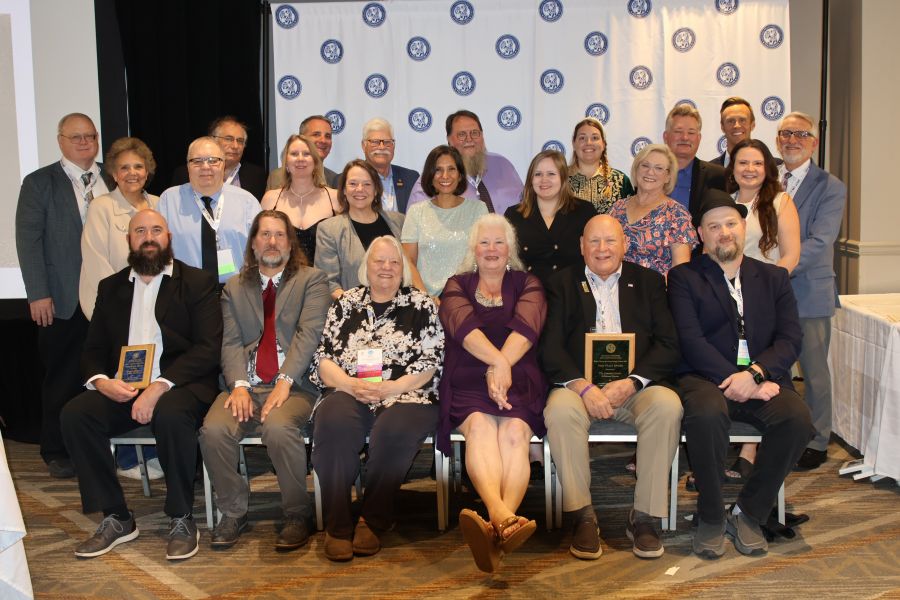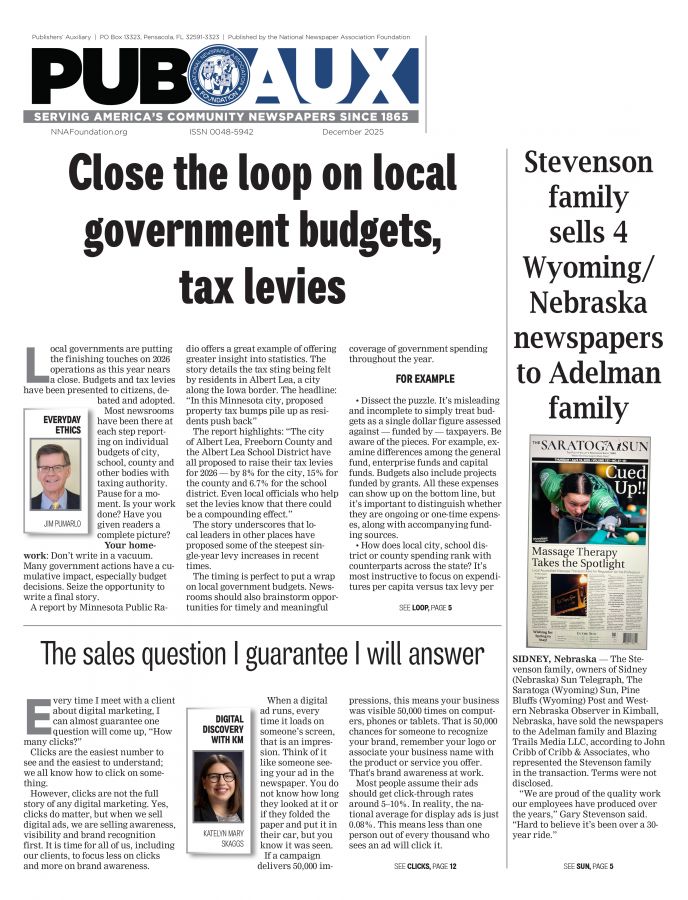Step away from your desk and enrich community coverage
Jim Pumarlo
Oct 1, 2023


A reporter monitors the livestream of a city council meeting, taking advantage of the opportunity to multitask on assignments.
An editor seizes the chance to hire a freelancer to submit police reports. In some instances, newspapers simply download and publish a department’s log.
Newsrooms readily accept and publish press releases verbatim from local government and civic organizations.
These, and many other shortcuts, are common in today’s newsrooms. The upside: Reporters have more time to pursue other stories.
But what’s the downside? Are you producing quality content to keep reader and advertiser interest? What other community news are you missing by not regularly connecting with a broad array of individuals in formal and informal networks?
Relationships among reporters and news sources necessarily changed with the COVID-19 outbreak. Remote news gathering became the norm. Though the pandemic has largely passed — there is a new uptick in COVID cases — many news sources have adopted a permanent practice of issuing press releases and statements, offering little or no interaction with reporters.
And many newsrooms, strapped with diminished resources, largely accept the new playing field.
News gathering is bound to change, but never underestimate the value of personal contact in developing strong content. Coverage of crime and courts — the broad spectrum of public safety — is an excellent example. Viewing firsthand initial complaints and other reports, connecting with a variety of personnel while walking through the department, often leads to spot news, features and even in-depth reports.
Is a neighborhood experiencing a rash of vandalism? Are DWIs on the rise? Should residents be on the lookout for another scam artist? Are certain crosswalks or intersections particularly dangerous for accidents? Has a neighborhood become a haven for narcotics? Is there a pattern to a rash of business burglaries? What prompts a speed radar to be posted at specific locations, and are they effective in slowing traffic?
How many of these newsworthy items are likely to be picked up without regular contact between reporters and law enforcement?
Press releases are inherent and vital in news gathering. Reporters cannot be everywhere. Most disturbing, however, are the instances when releases are published word for word with no attempt to flesh out the 5Ws and H of a solid story — no attempt to even edit it.
CONSIDER THESE EXCERPTS
The fire department issued two press releases that follow.
“The Fire Department responded to a call reporting a structure fire just after midnight on Aug. 24. … Firefighters and paramedics were on the scene within three minutes and 37 seconds of receiving the call. … The department encountered some challenges during the response. … One firefighter fell through the floor and was able to remove himself with the assistance of the other firefighters. … The residence was left uninhabitable. … During the response to the fire, apparatus used at the scene included three fire engines, one ladder truck, one ambulance and two chief officers.”
And days later:
“The Fire Department responded to a house fire on the evening of Aug. 26. … Within two minutes and 34 seconds, firefighters and paramedics responded to the scene of the fire. … The fire was extinguished and the incident was placed under control within 35 minutes of first response. Apparatus used on the scene included three fire engines, one ladder truck, one ambulance and one chief officer. Police Department and Sheriff’s Office Dispatchers assisted the Fire Department on the incident. (A neighboring) Fire and Ambulance provided station coverage during the incident.”
WHAT’S MISSING?
For starters, neither release identified the homeowner or the address. The injured firefighter went unnamed. No mention was made of any relief efforts to assist the displaced family. If authorities had initial observations on the cause of fire, it never was reported. The list is endless of missing elements in a story of likely high interest to neighbors and the community.
Neither fire had a follow-up report.
Kudos to the fire department’s PR folks. The releases, to no surprise, provided a shining light to the department’s performance and listed every assisting jurisdiction.
Barbs to the newspapers who simply published releases exactly as received.
What message do such meaningless reports send to readers when a newspaper promotes itself as the premier source for local news?
Admittedly, newspapers are challenged in today’s fractured media landscape. But ignoring the basics of solid journalism only steepens the climb to maintain credibility with your audience.
Pledge today to make time — however minimal — to step out from behind your desk and into the community. It’s the best way to connect and enrich your content with a variety of names and faces — the heart of community newspapers.
Jim Pumarlo is former editor of the Red Wing (Minnesota) Republican Eagle. He writes, speaks and provides training on community newsroom success strategies. He is author of “Journalism Primer: A Guide to Community News Coverage,” “Votes and Quotes: A Guide to Outstanding Election Coverage” and “Bad News and Good Judgment: A Guide to Reporting on Sensitive Issues in Small-Town Newspapers.” He can be reached at www.pumarlo.com and welcomes comments and questions at jim@pumarlo.com.









